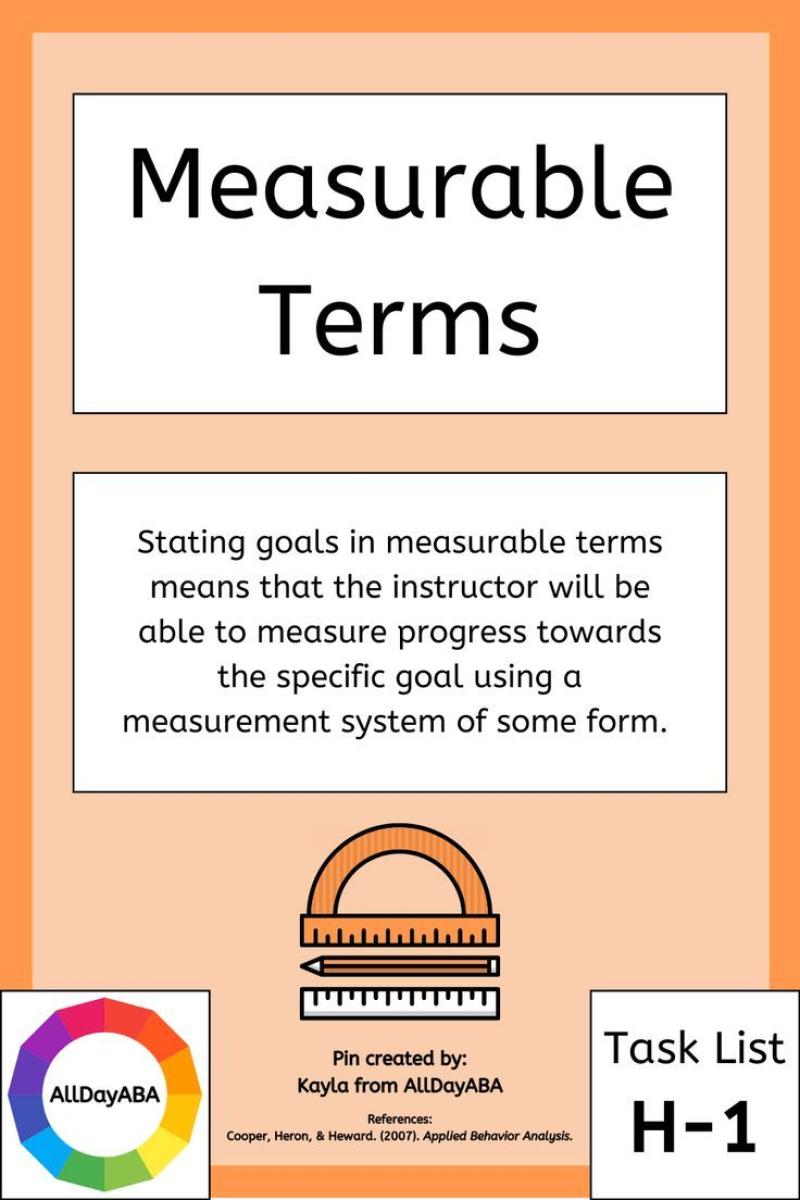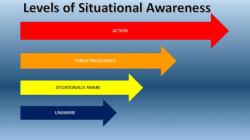How to set measurable goals?
Setting measurable goals is a key aspect of effective goal-setting, providing clarity and a clear path for tracking progress. Here's a practical guide on how to set measurable goals:
Define Your Objective:
- Clearly articulate what you want to achieve. Your objective should be specific, concise, and focused on a desired outcome. Ask yourself: What do I want to accomplish?
Make Your Goal Specific:
Ensure that your goal is specific and well-defined. Avoid vague language and provide details about what success looks like. Specify who, what, where, when, and why.
Example of a Non-Specific Goal: "Improve fitness."
Example of a Specific Goal: "Lose 10 pounds in the next three months by exercising for 30 minutes five times a week and adopting a balanced diet."
Use Measurable Metrics:
Identify specific metrics or criteria that can be measured to track progress. Measurable metrics make it easier to evaluate success and adjust strategies if needed.
Example: Instead of "Get in better shape," use "Increase running endurance by completing a 5K within the next eight weeks."
Set a Quantifiable Target:
Assign a numerical value or target to your goal. This makes it easier to measure progress and determine when the goal has been achieved.
Example: Instead of "Save money," use "Save $500 per month for the next six months to build an emergency fund."
Establish a Timeframe:
Define a timeframe or deadline for achieving your goal. Having a specific timeframe creates a sense of urgency and helps you stay focused.
Example: Instead of "Learn a new language," use "Learn basic conversational Spanish in the next three months by dedicating 30 minutes each day to language study."
Break Down into Actionable Steps:
Divide your goal into smaller, actionable steps. This makes the goal more manageable and allows you to track progress more effectively.
Example: Instead of "Write a book," use "Write 1,000 words per day for the next three months to complete the first draft of a novel."
Monitor and Track Progress:
- Regularly monitor your progress toward the goal. Keep track of the measurable metrics and make adjustments to your plan if necessary.
Celebrate Milestones:
- Acknowledge and celebrate smaller milestones along the way. This helps maintain motivation and provides a sense of accomplishment.
Evaluate and Adjust:
- Periodically evaluate your progress and assess whether adjustments to your approach are needed. Be flexible and willing to adapt your strategies as circumstances change.
Use SMART Criteria:
- Consider using the SMART criteria to guide your goal-setting:
- S - Specific: Clearly defined and focused.
- M - Measurable: Quantifiable metrics to track progress.
- A - Achievable: Realistic and attainable.
- R - Relevant: Aligned with your overall objectives.
- T - Time-bound: Defined timeframe for completion.
Ensuring your goals meet these criteria increases the likelihood of success.
- Consider using the SMART criteria to guide your goal-setting:
Remember that setting measurable goals is an ongoing process. Regularly review and refine your goals as circumstances evolve, and continue to challenge yourself with new objectives.
SMART Goals: A Guide to Setting Measurable Objectives
Achieving your goals requires more than just wishful thinking. It demands a structured approach that translates aspirations into actionable steps. This is where SMART goals come in, providing a powerful framework for setting measurable objectives that drive success.
1. Demystifying SMART:
SMART stands for Specific, Measurable, Achievable, Relevant, and Time-Bound. Let's break down each element:
- Specific: Clearly define what you want to achieve. Instead of "get healthy," aim for "run a 5K race within 6 months."
- Measurable: Establish quantifiable criteria to track your progress. "Read more books" becomes "read 20 novels by next year."
- Achievable: Set challenging yet realistic goals. Don't expect to master a language in a week, but "learn 500 new words in 3 months" is doable.
- Relevant: Ensure your goals align with your larger values and aspirations. Ask yourself, "Why is this important to me?"
- Time-Bound: Set a deadline for achieving your goal. "Start a business" gains power with a specific timeframe like "launch online bakery by December."
2. Establishing Measurable Criteria:
The key to successful SMART goals lies in choosing the right metrics for measurement. Here are some tips:
- Quantify whenever possible: Use numbers, percentages, or concrete units to track progress.
- Consider different dimensions: Measure progress not just in quantity but also quality, consistency, or impact.
- Set milestones along the way: Break down larger goals into smaller, measurable steps to maintain motivation.
3. Crafting Measurable and Achievable Goals:
Here are some practical steps to put SMART into action:
- Start with brainstorming: List down your aspirations and desires.
- Refine and prioritize: Choose goals that are most meaningful and feasible within your current context.
- Apply the SMART framework: Make your goals specific, measurable, achievable, relevant, and time-bound.
- Seek feedback and adjust: Discuss your goals with trusted advisors and be open to refining them as needed.
- Celebrate achievements: Recognize your progress along the way, which fuels motivation and keeps you on track.
Remember: Setting SMART goals is not a one-time exercise. It's an ongoing process of refinement and adaptation. By embracing the flexibility and power of this framework, you can transform your aspirations into achievable milestones and navigate the path towards success with greater clarity and purpose.
Feel free to ask if you need help crafting specific SMART goals, identifying suitable metrics for your objectives, or overcoming challenges faced during your goal-setting journey. I'm here to guide you along the way and help you turn your dreams into reality!












